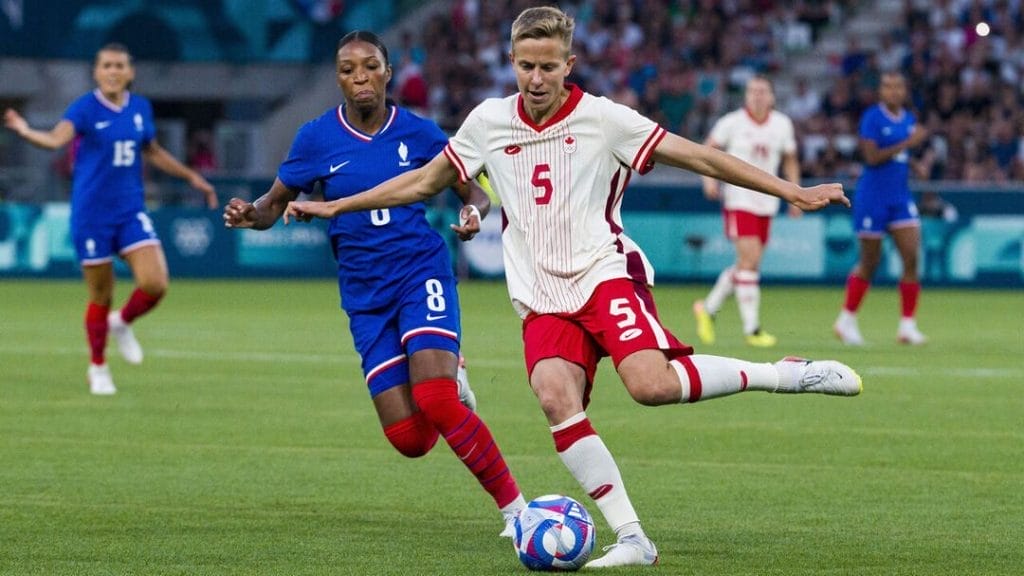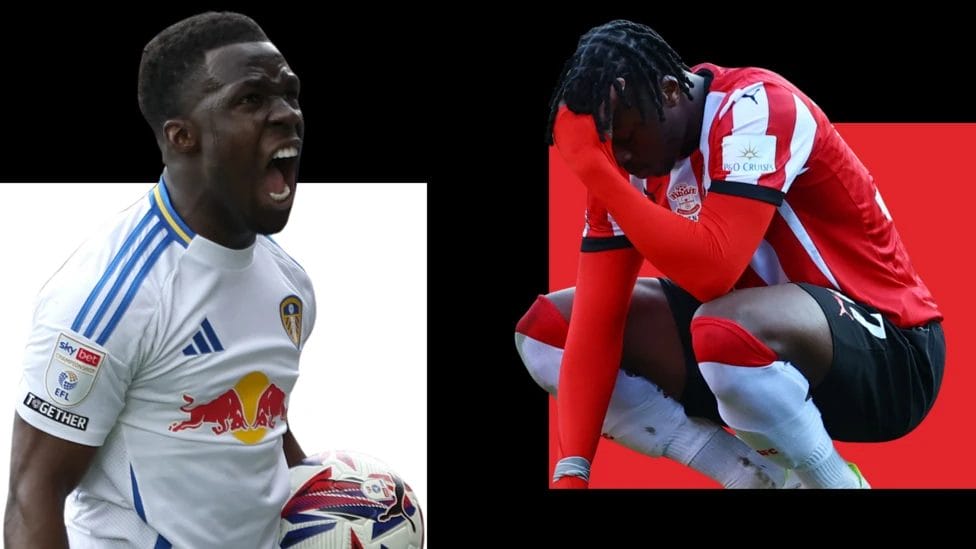
Diana Matheson has never been one to sit still. A player whose legacy is cemented in Canadian sporting folklore for scoring the bronze-winning goal at the London 2012 Olympics, Matheson’s post-retirement journey has proved just as influential. When she hung up her boots in 2021, many assumed she’d earned a well-deserved break. But for Matheson, rest was never part of the plan.
She had a new vision—one that could reshape the sporting landscape in Canada forever. The idea? Launch a top-tier professional women’s soccer league in a country that, remarkably, had never had one.
“If we didn’t start soon, we were going to miss this incredible window,” Matheson told theScore. “The market was going to get too big, we weren’t going to be able to afford to get in. I couldn’t have lived with the regrets otherwise.”
And just like that, the Northern Super League was born.
A League Built From Scratch
The Northern Super League, or NSL, officially kicks off tonight with Vancouver Rise FC taking on Calgary Wild FC in the season opener. But this night is the culmination of years of effort—of countless phone calls, business pitches, and belief.
Unlike many women’s leagues globally, which benefit from investment by long-established men’s clubs or well-funded federations, the NSL had no such luxury. Matheson and her co-founder Thomas Gilbert, a fellow Queen’s University alum, had to forge their own path. The pair leaned heavily on the goodwill and vision of business leaders, eventually attracting major sponsorships from the likes of Coca-Cola, Toyota, and Intact Insurance.
“She’s an incredibly bright mind,” said Canada midfielder Quinn. “And with her work ethic, it’s a powerful combination.”
Filling a Void, Creating a Future
For decades, fans, players, and even opponents have scratched their heads over one big question: Why doesn’t Canada, a top-10 nation in women’s football, have a professional domestic league?
Christine Sinclair, the country’s most iconic footballer, remembers being skeptical when Matheson first floated the idea.
“She was like, ‘Well, if no one else is going to do it, I’m going to do it.’ And I was like, ‘Yeah, sure, D.’ And now she’s gone and done that. It’s absolutely insane,” Sinclair said, smiling.
But it’s not just about giving current stars somewhere to play. It’s about the next generation. A 2023 Canadian Women and Sport survey found that two-thirds of Canadians identify as fans of women’s sports—a number that could represent 17 million people. That’s a market ready to explode.
“I think Canadians are honestly itching for an opportunity to support women’s professional athletes,” said Quinn. “It’s something we haven’t really had. And the time is now.”
Coming Home

Quinn, a trailblazer in their own right and the first openly transgender and non-binary footballer to win Olympic gold, is among the stars returning to play in the NSL. After a career in the U.S. with the Washington Spirit and OL Reign, Quinn is suiting up for Vancouver this season.
“You play your best football when you’re happy off the pitch, too,” they explained. “There are cities in the U.S. that are more difficult for trans people to navigate. Seattle was easier than North Carolina. But being back in Canada, close to family—it just feels right.”
For Quinn and others, the NSL isn’t just a league. It’s a chance to help build something meaningful from the ground up.
“There were so many youth national team players I played with who just disappeared from the sport because there were no pro opportunities,” they said. “This changes everything.”
Roadblocks and Resilience

For players like Ottawa Rapid’s Miranda Smith, the road to professional soccer has been brutal.
Now 29, Smith nearly gave up on her dream. A toxic college experience at Memphis, followed by injury-plagued spells in Finland, Iceland, and France, had chipped away at her love for the game. At Fleury, she suffered laryngitis, a concussion, bronchitis, COVID, a sprained ankle, and multiple ligament injuries—all in one season. Then came a broken foot and torn plantar fascia back home in Canada.
And if that wasn’t enough? She moved to Israel to try again—just days before war broke out in October 2023.
But somehow, Smith kept going.
“I just want to play,” she said. “I didn’t want those setbacks to be my last memory in football.”
Now, for the first time, her parents will be able to watch her play professionally on home soil. And she’ll be doing so alongside one of her childhood idols—three-time Olympic medallist Desiree Scott.
“To get to play with your role model is pretty exciting,” Smith said. “All of us will have so much to learn from her.”
A League with Vision—and Grit

The NSL’s ambition is as bold as its founders. The minimum salary for players is set at $50,000 CAD—a number that eclipses many global leagues, including Spain’s Liga F and matches the minimum in the Professional Women’s Hockey League (PWHL). Compared to the average global salary for women’s soccer players, which FIFA reported at roughly $34,000 CAD, the NSL is already setting a strong precedent.
“We want to be a top-five league in the world,” Matheson declared. “With our salary levels, our attendance projections, our player pool—we think we’re already in that conversation.”
But she knows visibility is just as crucial. During her NWSL days, matches were hidden on obscure streaming platforms or buried on channels no one could find. It was frustrating then, and it’s not something she’s willing to repeat.
“If you could find women’s soccer before, odds were it looked like a high school game,” Matheson said. “That devalues the product, no matter how good the players are.”
So this time, things are different. NSL matches will be broadcast across Canadian TV and digital platforms, and over 40 matches will stream on ESPN in the United States. It’s not just about putting the games on screen—it’s about making them look and feel like elite-level sports.
Building from the Ground Up

Of course, success won’t come overnight.
“There’s no history to lean on,” said Halifax Tides assistant coach Kennedi Kiarash. “It’s tough to convince players to commit to a league that hasn’t proven itself yet.”
Even Sinclair, now co-owner of Vancouver Rise, admits it’ll take time.
“It took five years in Portland for things to really click,” she said. “That chemistry, that identity—it doesn’t happen in one preseason.”
Still, the foundations are strong. AFC Toronto’s Emma Regan and Vancouver’s Samantha Chang already featured for Canada at the Pinatar Cup in February. And by the time the 2027 Women’s World Cup rolls around, Matheson wants a third of the Canadian squad to come from the NSL.
But this league’s impact could extend well beyond the national team.
“It gives young kids—boys and girls—the chance to see women’s pro sports on TV,” Matheson said. “That’s powerful. That can shift culture.”
More Than Just a League

The Northern Super League is more than six teams on a schedule. It’s a statement. A promise. A belief that Canadian women’s soccer can thrive not just internationally, but at home.
For the players, the coaches, the fans, and the kids watching from the stands, this is just the beginning.
And as Diana Matheson watches the first ball roll out tonight, she’ll know that she didn’t just build a league.
She built a future.








